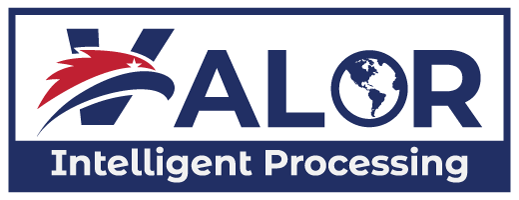The landscape of debt recovery has evolved significantly over the years. Traditional methods—such as phone calls, mailed letters, and in-person meetings—are being replaced by digital collection strategies. This shift leverages technology to streamline the debt recovery process, making it more efficient for businesses and more convenient for consumers.
Digital collections rely on tools like emails, text messages, and online portals to facilitate communication and payments. Instead of waiting for a phone call or a letter in the mail, consumers can receive instant notifications and settle their debts through secure online platforms.
With the increasing use of smartphones, tablets, and computers, digital collections fit seamlessly into daily life. This approach not only improves efficiency but also enhances customer experience by making the process smoother and more accessible.
In this article, we’ll explore the rise of digital collections, the key benefits for businesses and consumers, essential tools for implementation, and best practices to maximize success.
The Rise of Digital Collections in Debt Recovery
Digital collections have transformed debt recovery by offering faster, more efficient, and more consumer-friendly solutions. In contrast to traditional methods that required extensive time and effort, digital collections simplify the process with just a few clicks.
Why Businesses Are Embracing Digital Collections
- Faster Communication: Emails and text messages provide instant updates, allowing businesses to reach consumers quickly.
- Automation: Automated workflows reduce the need for manual intervention, minimizing errors and improving efficiency.
- Cost Savings: Digital methods cut down on paper, postage, and administrative expenses.
Why Consumers Prefer Digital Collections
- Convenience: Consumers can access their accounts, check balances, and make payments anytime, anywhere.
- Privacy: Digital interactions eliminate the discomfort of phone calls or mailed notices.
- Faster Resolution: Immediate access to payment options leads to quicker debt resolution.
The adoption of digital collections continues to grow, benefiting both businesses and consumers by streamlining processes and improving repayment rates.
Key Benefits of Digital Collections for Consumers and Businesses
Digital collections offer numerous advantages that enhance efficiency and user experience.
For Consumers
- Convenience: Access and manage debt from any device, eliminating the hassle of in-person visits or paperwork.
- Instant Notifications: Receive timely reminders and updates via email and SMS to stay on track with payments.
- Privacy & Security: Digital transactions are discreet and secure, reducing stress and safeguarding personal information.
For Businesses
- Increased Efficiency: Automated tools handle routine tasks, allowing staff to focus on complex cases.
- Cost Reduction: Eliminating physical mail and manual follow-ups saves money on operational expenses.
- Better Insights: Digital analytics track consumer behavior, helping businesses refine their strategies for improved results.
With these advantages, digital collections are reshaping how businesses interact with consumers, ensuring a more seamless and effective debt recovery process.
Essential Tools and Technologies for Effective Digital Collections
Successful digital collections depend on advanced tools and technology. Here are the key components:
- Automated Dialers – These systems efficiently manage high call volumes, connecting consumers to appropriate representatives.
- Email & SMS Platforms – Used to send automated reminders, updates, and payment links, keeping consumers informed.
- Online Payment Portals – Secure platforms allow for quick and hassle-free payments through mobile or desktop devices.
- Analytics & Reporting Tools – Provide data-driven insights into payment trends and customer interactions to optimize collection strategies.
- Customer Relationship Management (CRM) Systems – Store consumer history and engagement records to personalize communication and improve service.
By integrating these technologies, businesses can enhance efficiency, reduce costs, and improve customer satisfaction in the debt recovery process.
Best Practices for Implementing a Digital Collections Strategy
To maximize the benefits of digital collections, businesses should follow these best practices:
1. Personalize Communications
Use CRM data to tailor messages, addressing consumers by name and providing specific account details to improve engagement.
2. Automate Routine Tasks
Set up automated reminders and follow-ups to reduce manual effort and increase efficiency.
3. Prioritize Data Security
Protect consumer information with encrypted communication channels and secure payment portals to build trust.
4. Train Your Team
Ensure employees are well-versed in digital collection tools and best practices to maximize effectiveness.
5. Monitor Performance & Optimize
Use analytics tools to track success rates and adjust strategies based on real-time data insights.
By following these strategies, businesses can enhance their digital collections approach, ensuring both compliance and customer satisfaction.
Conclusion
Digital collections are revolutionizing the debt recovery industry by making the process faster, easier, and more efficient for both businesses and consumers. With the right tools and strategies in place, companies can improve collection rates while providing a better experience for consumers.
By leveraging automation, personalization, and secure digital platforms, businesses can streamline operations, reduce costs, and build stronger consumer relationships.
Ready to Modernize Your Debt Collection Process?
Valor Intelligent Processing offers expert solutions to help businesses implement effective digital collections strategies. Contact us today to learn how we can support your debt recovery needs.


